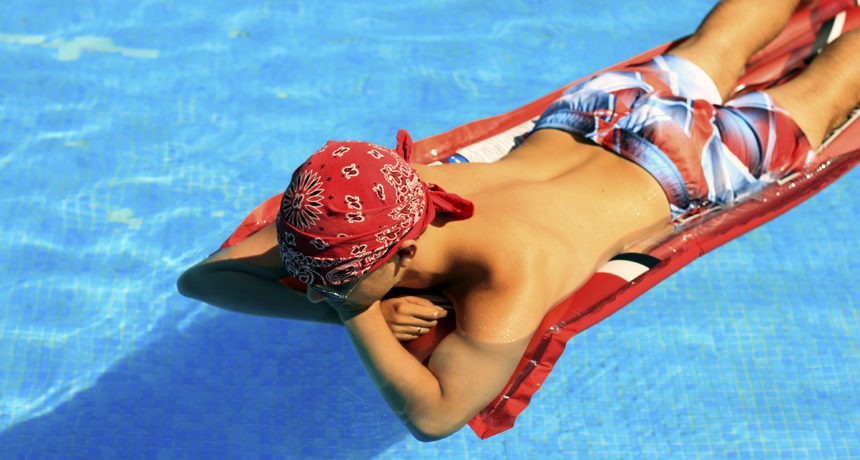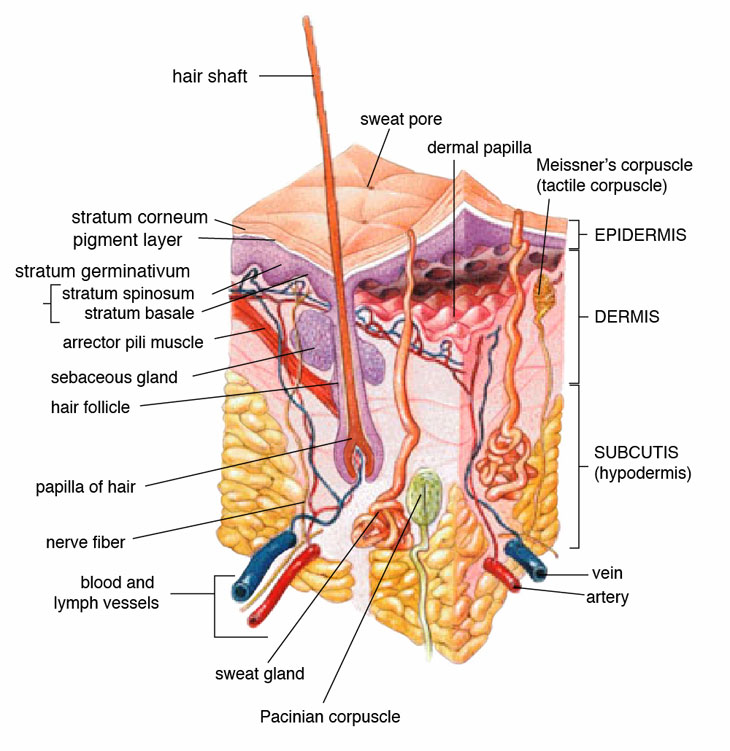Explainer: What is skin?
The body’s biggest organ serves as a soft, flexible type of armor

The largest organ on your body is the skin that serves as a flexible barrier to the outside world.
Anna_Zajac /ISTOCKPHOTO
The human body’s largest organ — skin — is active, living tissue. It serves as tough but flexible armor to keep harmful microbes, chemicals or strong rays of light away from more sensitive inner tissues. At the same time, nerves within the skin relay important information about the world around us by sensing pain, textures and temperatures.
The skin you scrub every day in the bath or shower is only the outermost layer, called the epidermis (Ep-ih-DER-mis). The epidermis is constantly shedding dead cells from its surface as new ones grow to take their places. Beneath that outer layer, the dermis contains blood vessels. An even deeper layer is called the subcutis (Sub-KEW-tis). It stores reserves of fat that act as a cushion to help protect muscles and bones from bumps and falls.
Look closely at your nose in a mirror and you’ll see what looks like tiny pits on the skin. These are pores. The epidermis hosts some 5 million of them. Hairs grow from the dermis up and out of each pore. (Most of these pores and hairs are too small to see.) Organs called glands sit near the bottom of each hair. Some of these glands produce sweat to help cool the skin. Others pump sebum (SEE-bum), an oily substance, up to the outer surface of the skin. Sebum is important for skin health. It forms a protective barrier that holds in moisture and locks out many disease-causing microbes.
A clogged pore that hasn’t closed up completely can form a tiny pimple called a blackhead. A whitehead happens when the pore seals up and swells with inflammation. When this happens, some people may even develop hard lumps underneath, called nodules, or oozing pus-filled sores.
Teens going through puberty get pimples, known as acne, more often — and more severely — than anyone else. Blame hormones, those chemicals that are orchestrating the body changes that will transform a child into an adult. These hormones tend to make glands in the skin boost their production of sebum. That bonus oil means there’s a higher chance that pores will clog. What’s more, bacteria known as P. acnes, live on the skin of people. These germs dine on sebum. And some types of this bacterium promote the development of pimples. So the more of this greasy substance that builds up on the skin and in the pores, the more of these germs that can grow. This could promote the development of unsightly zits.








